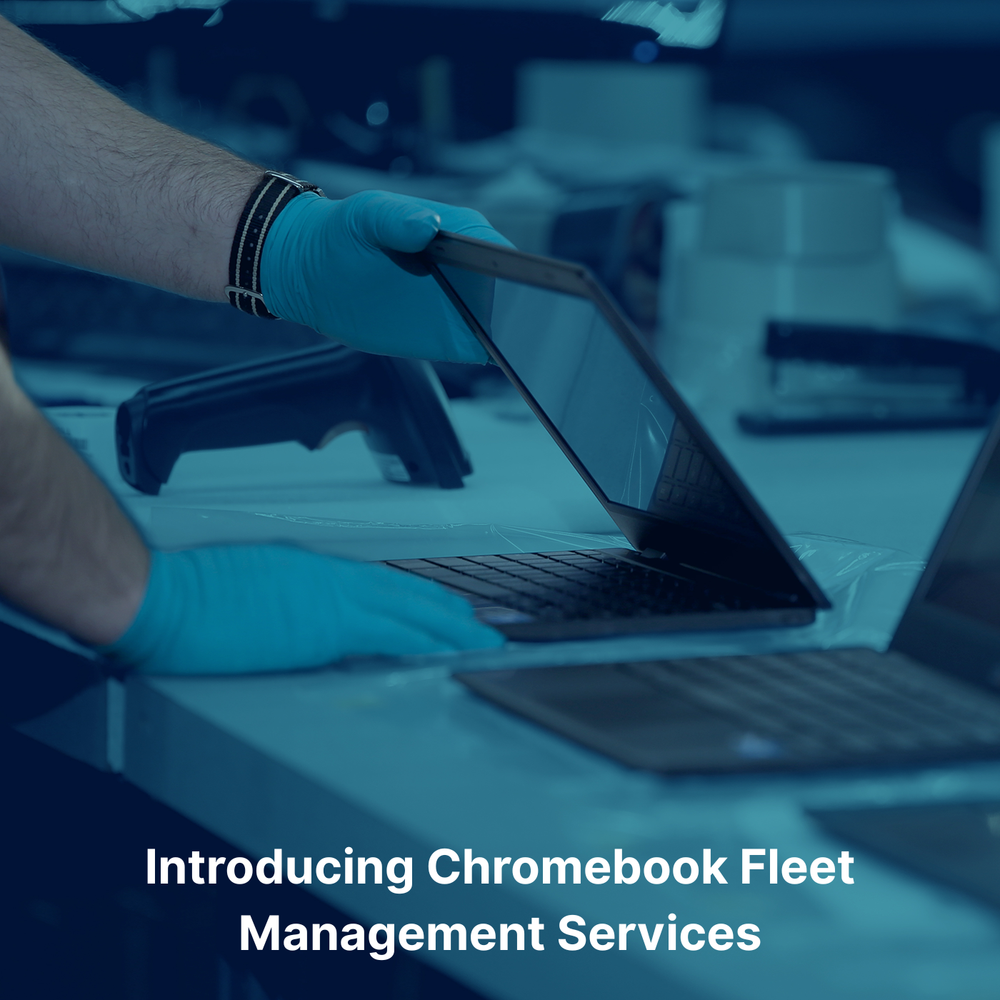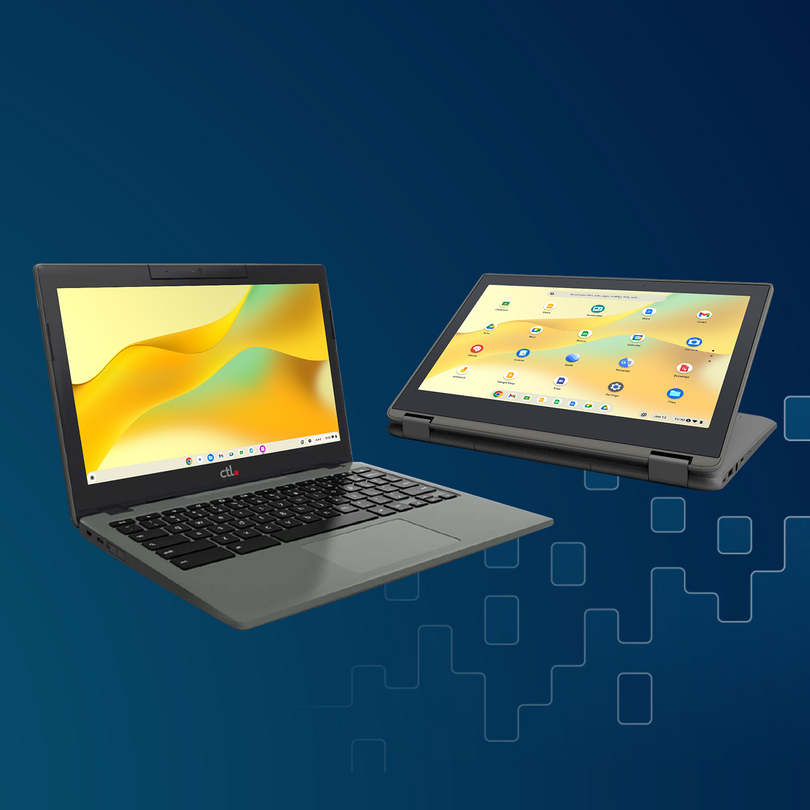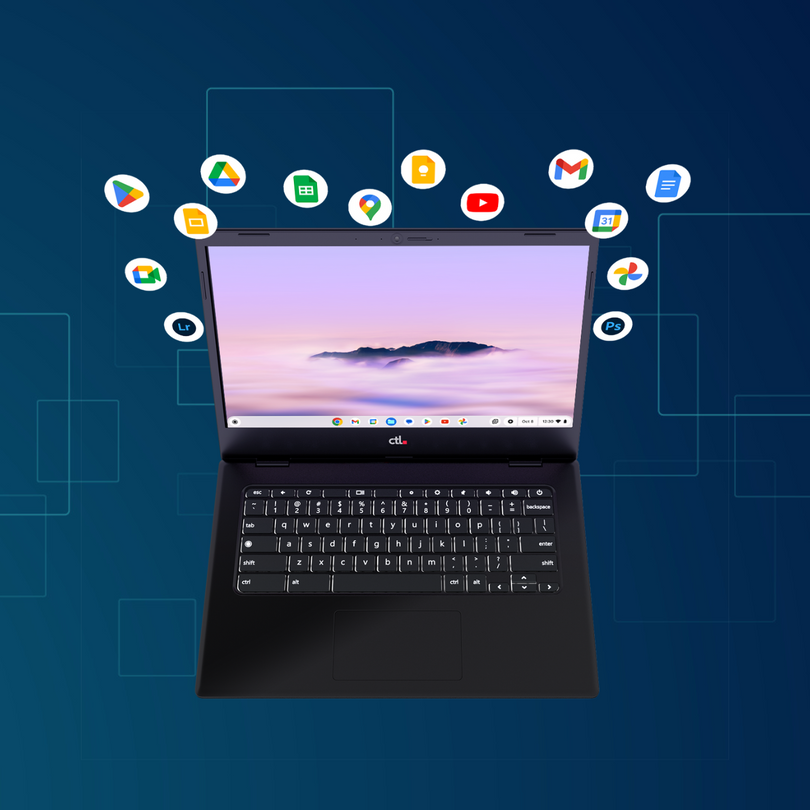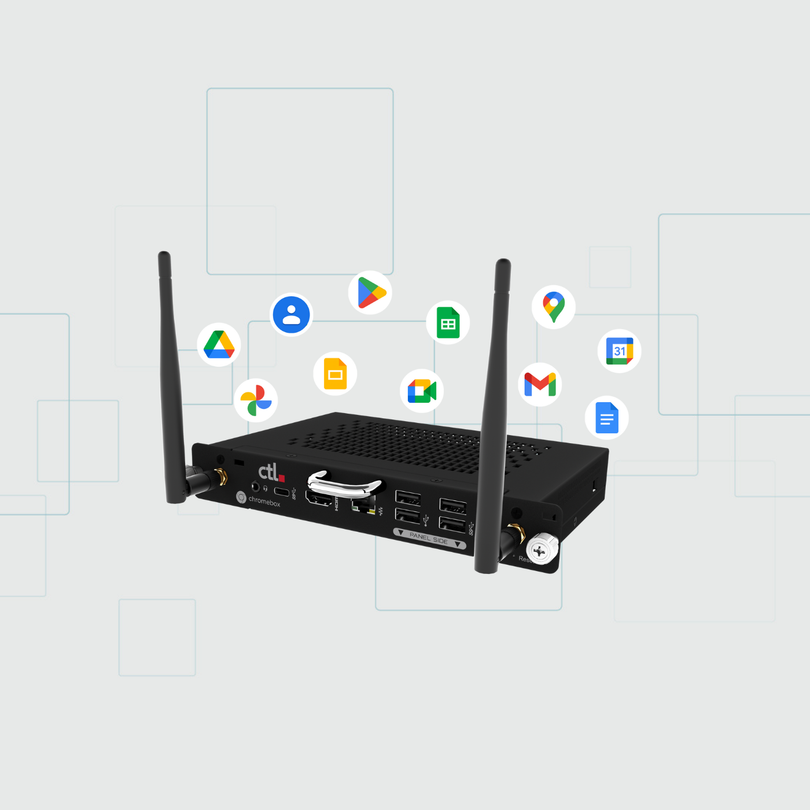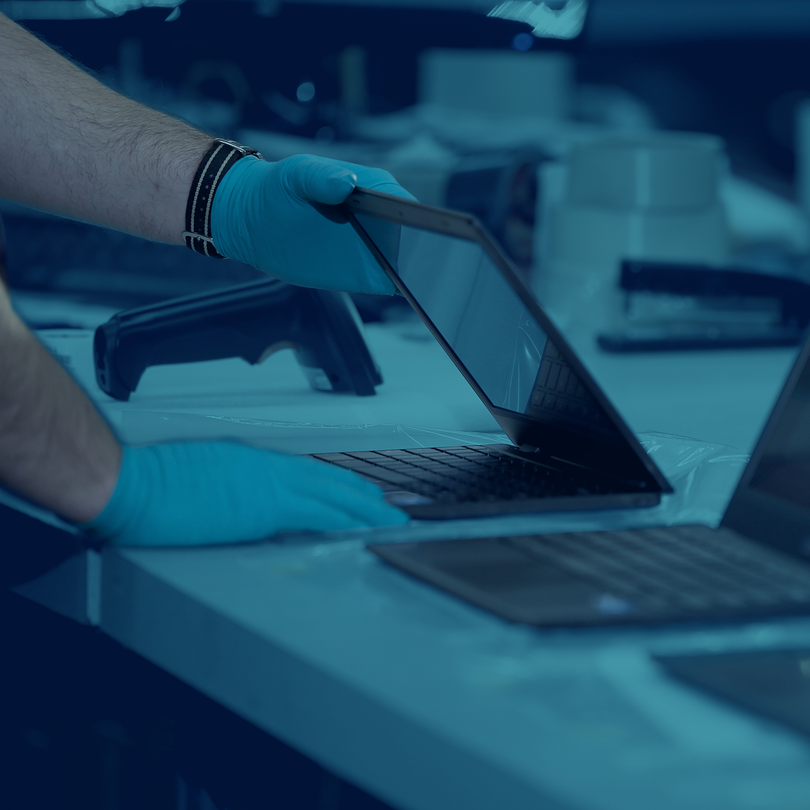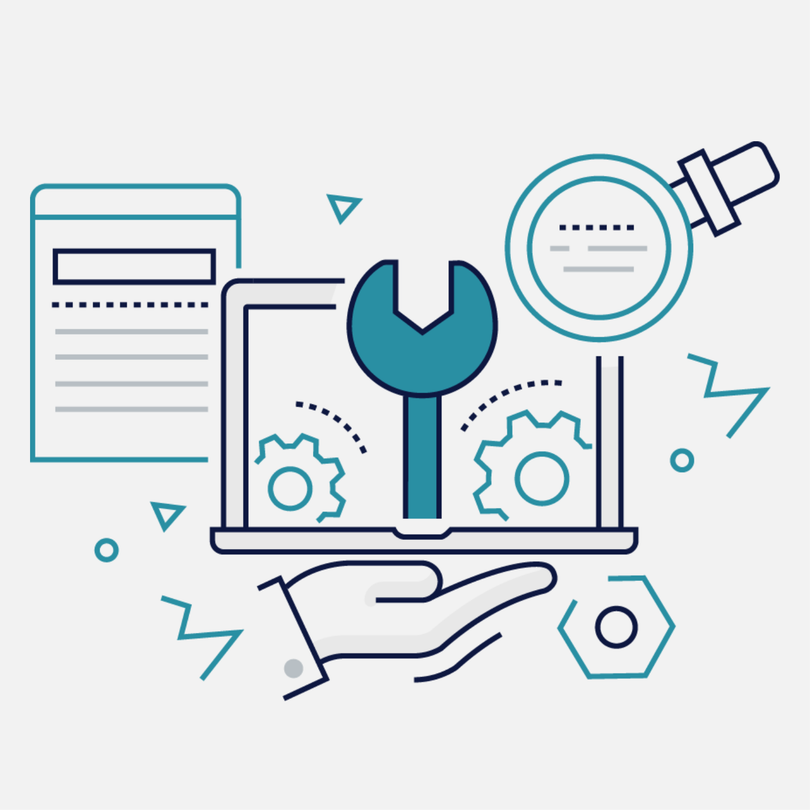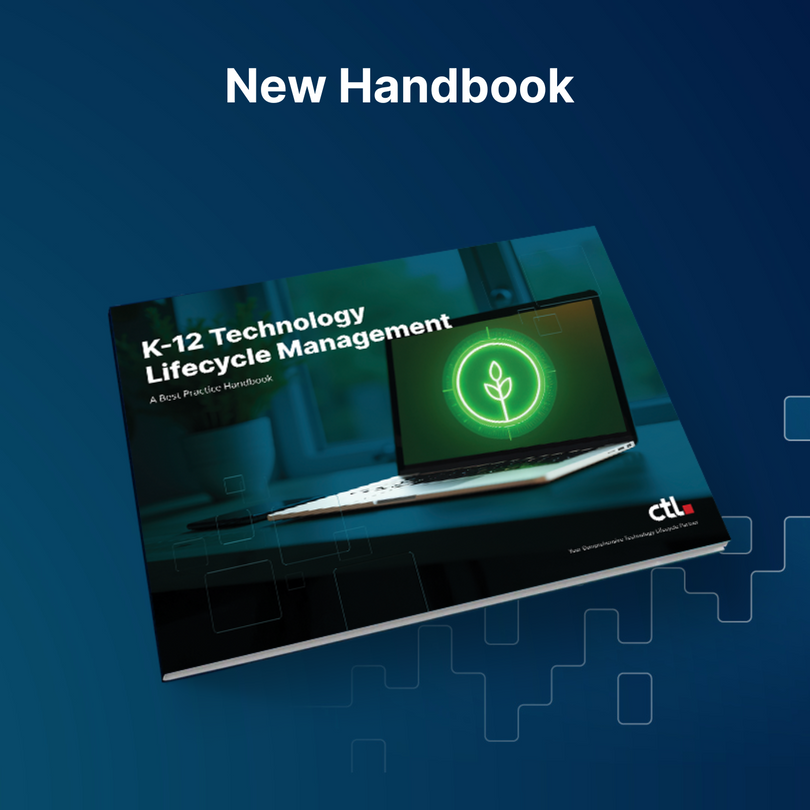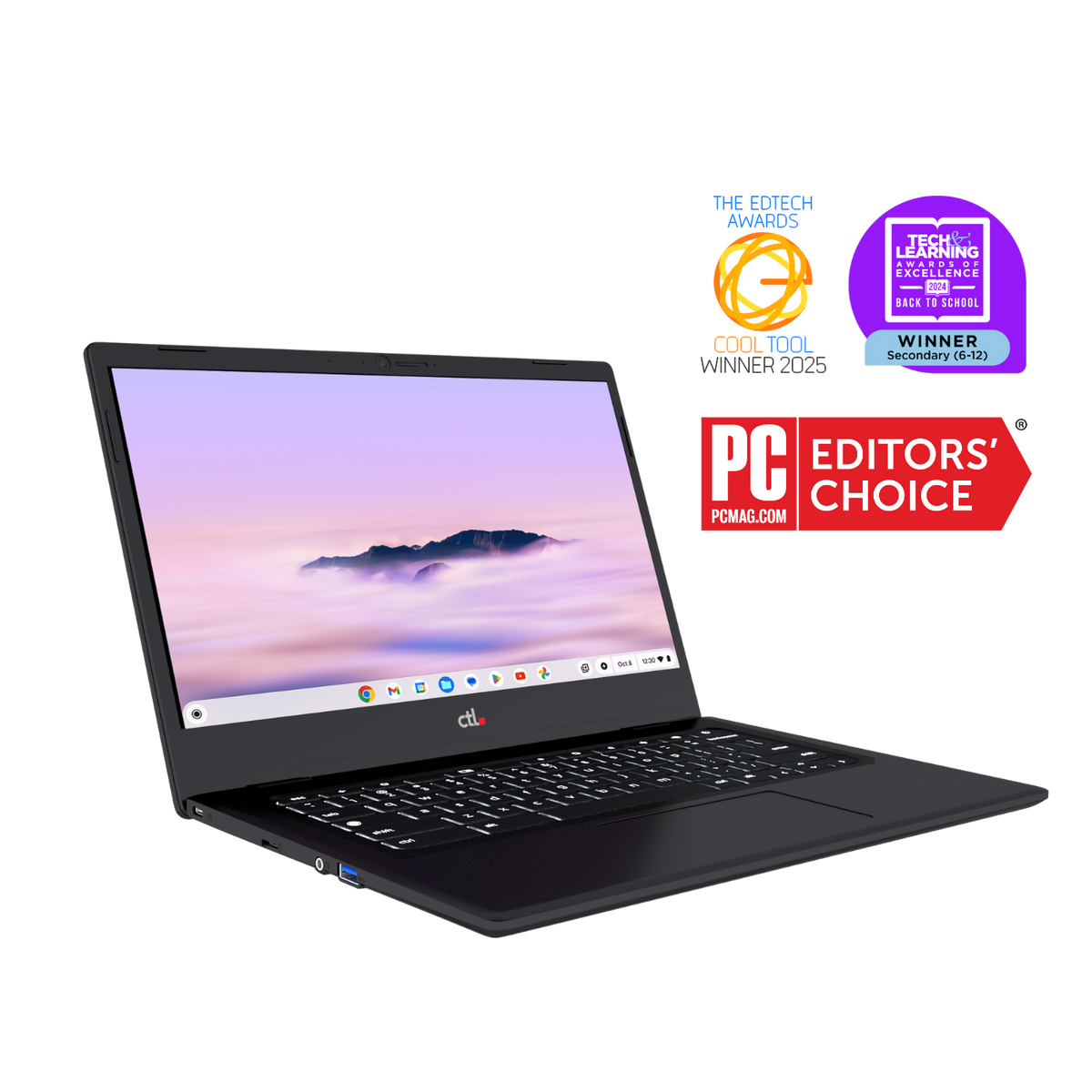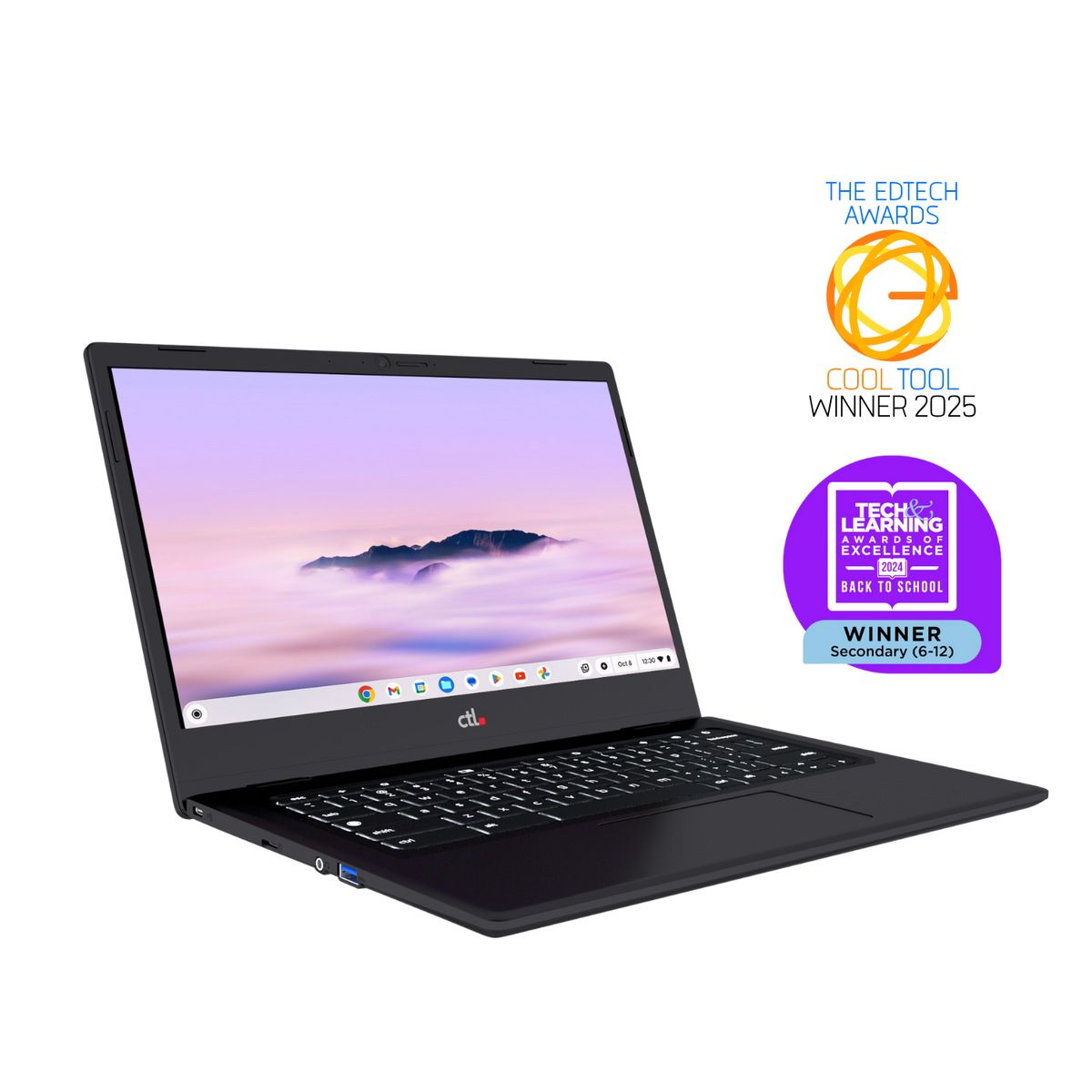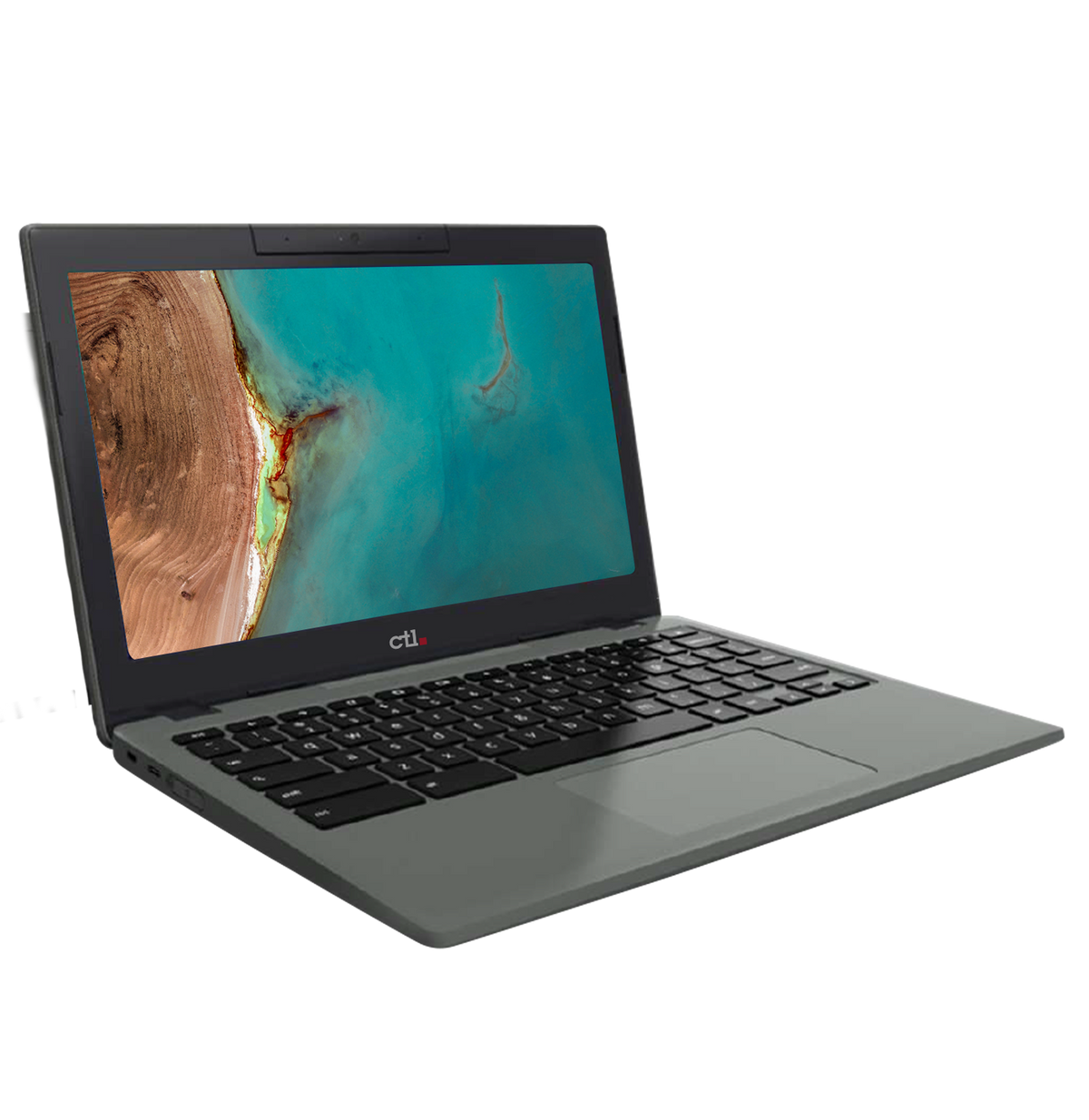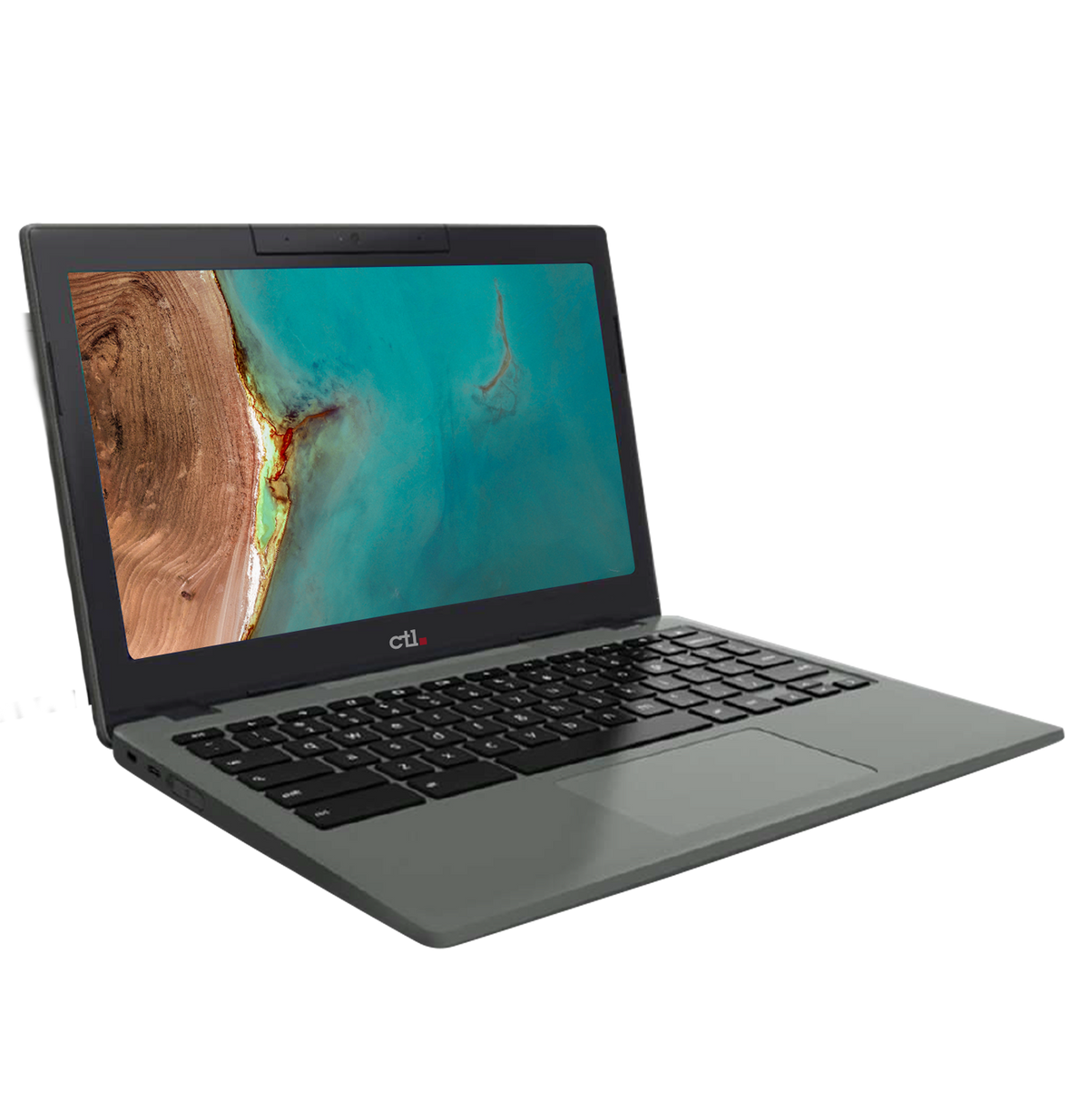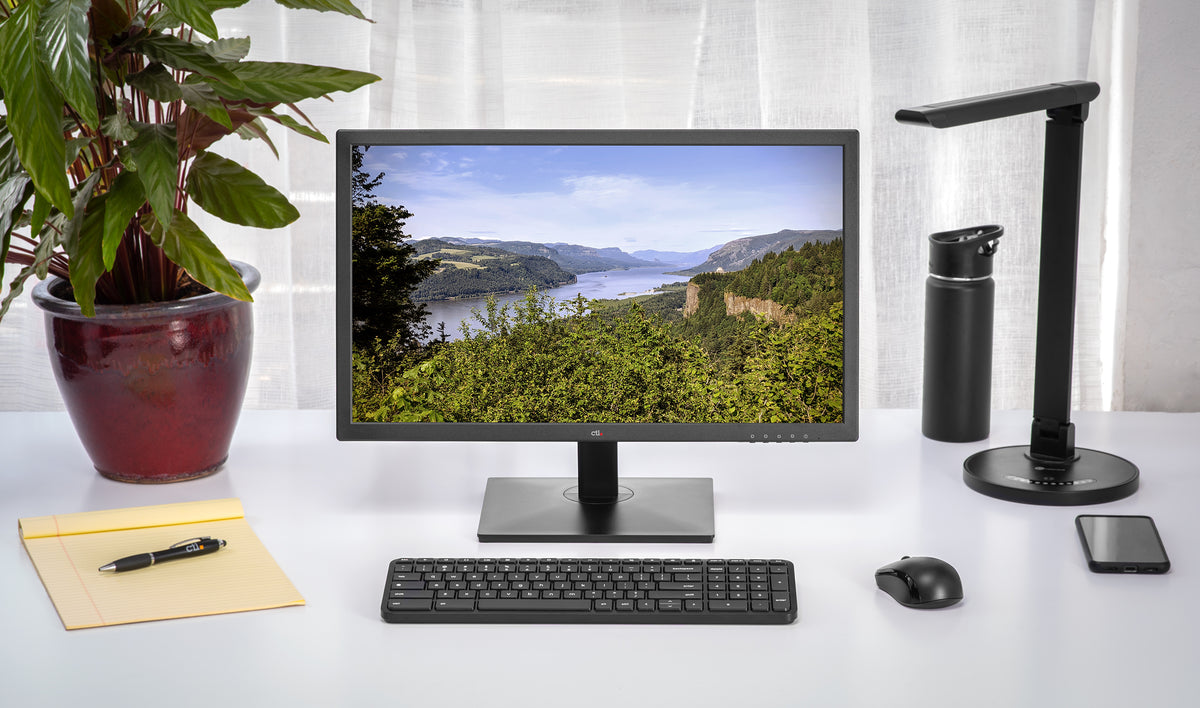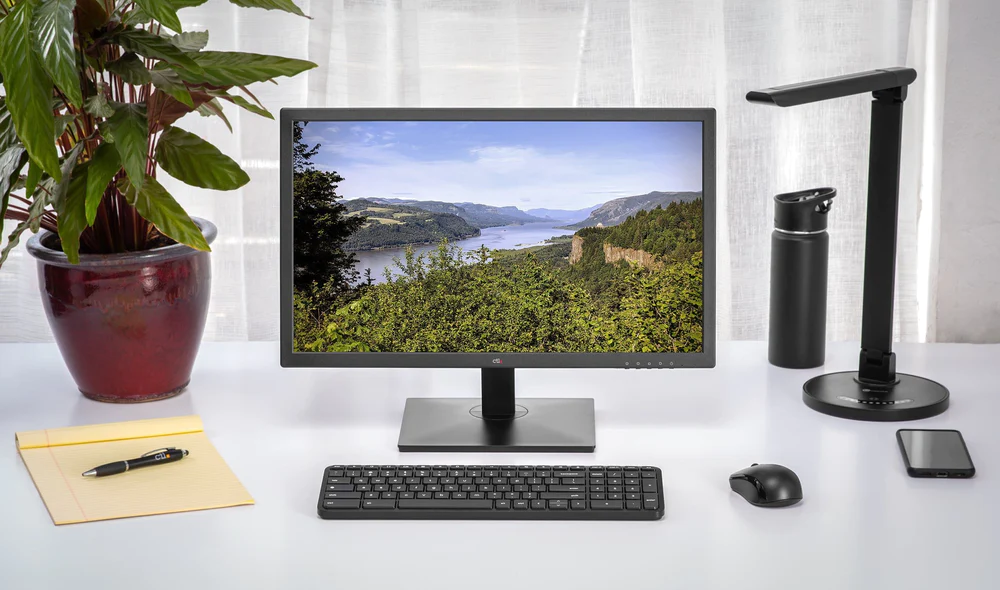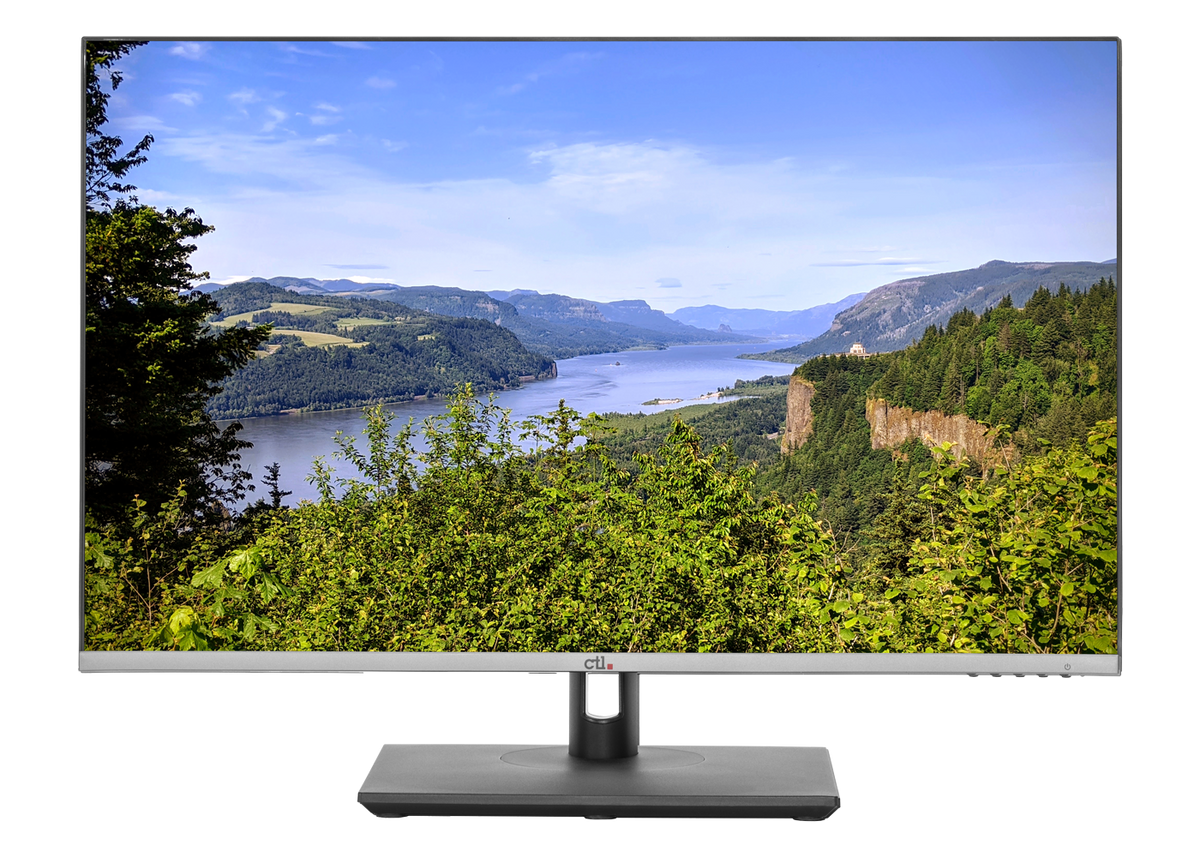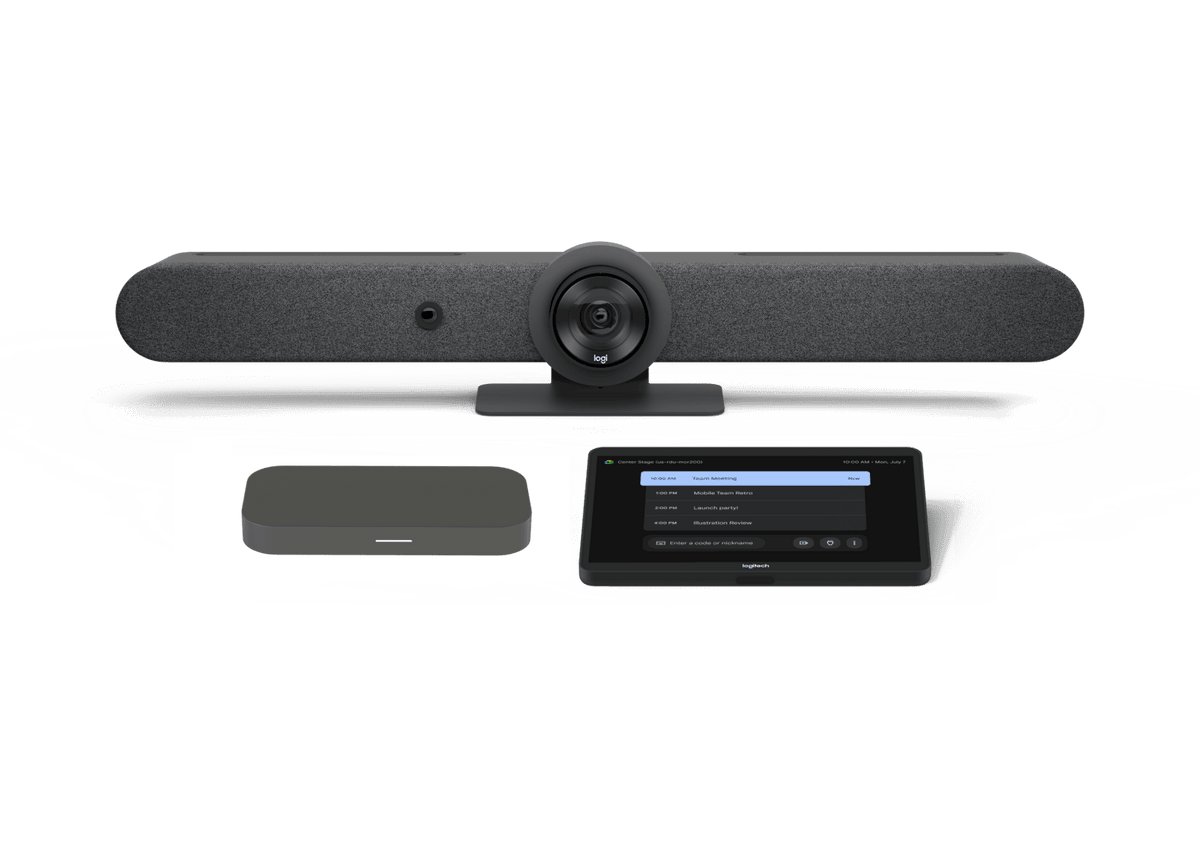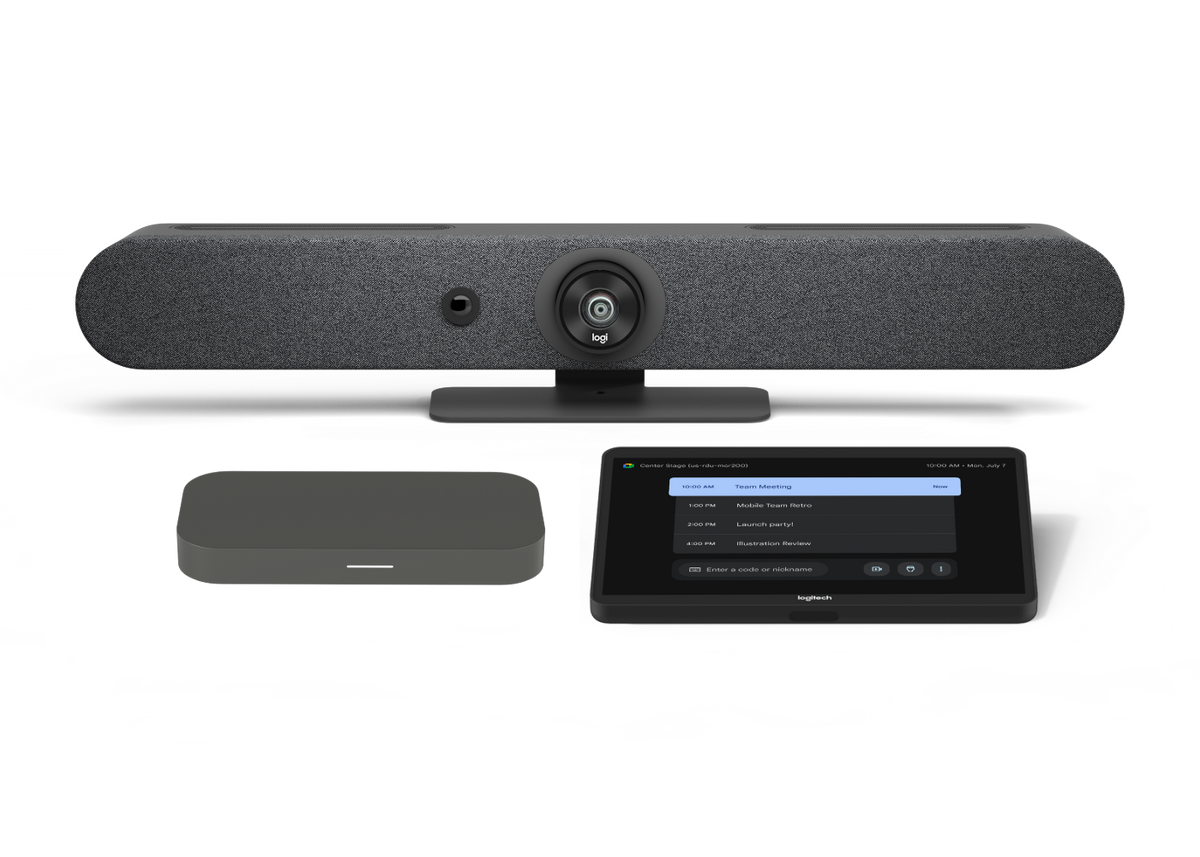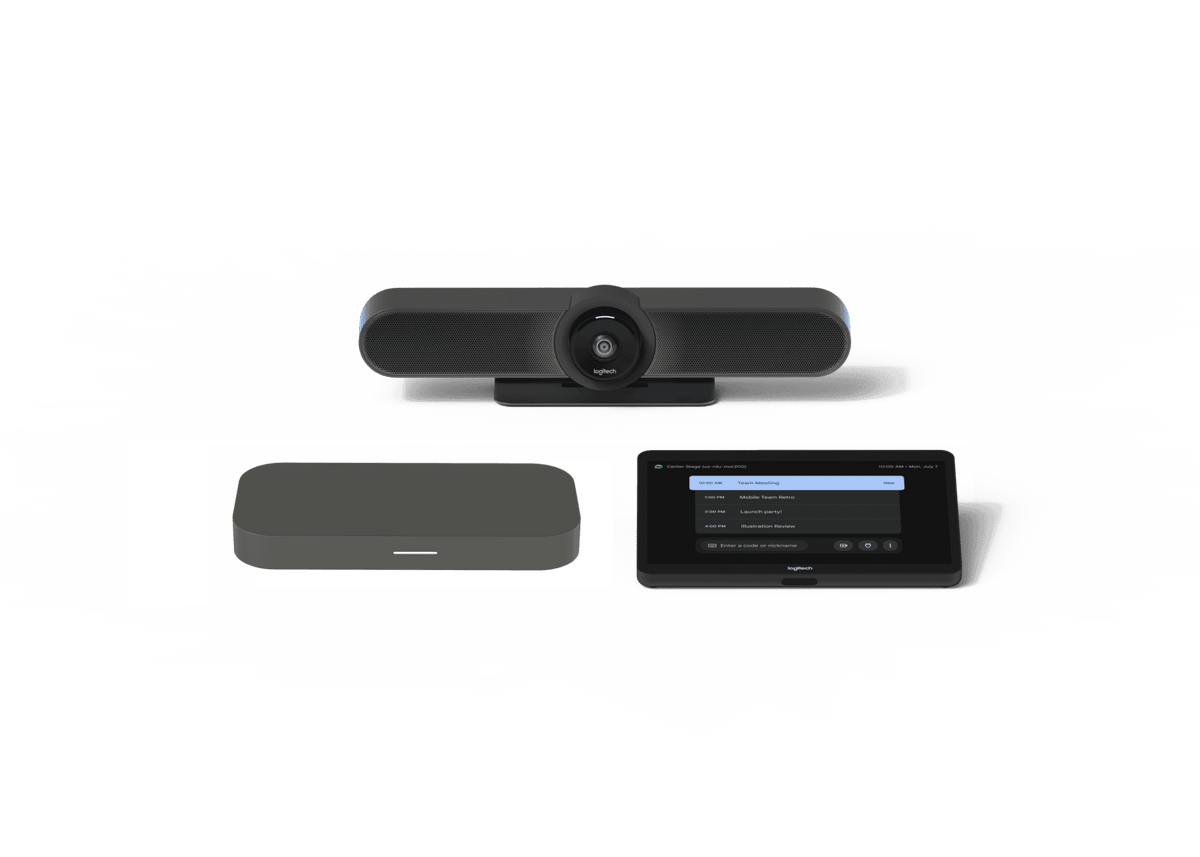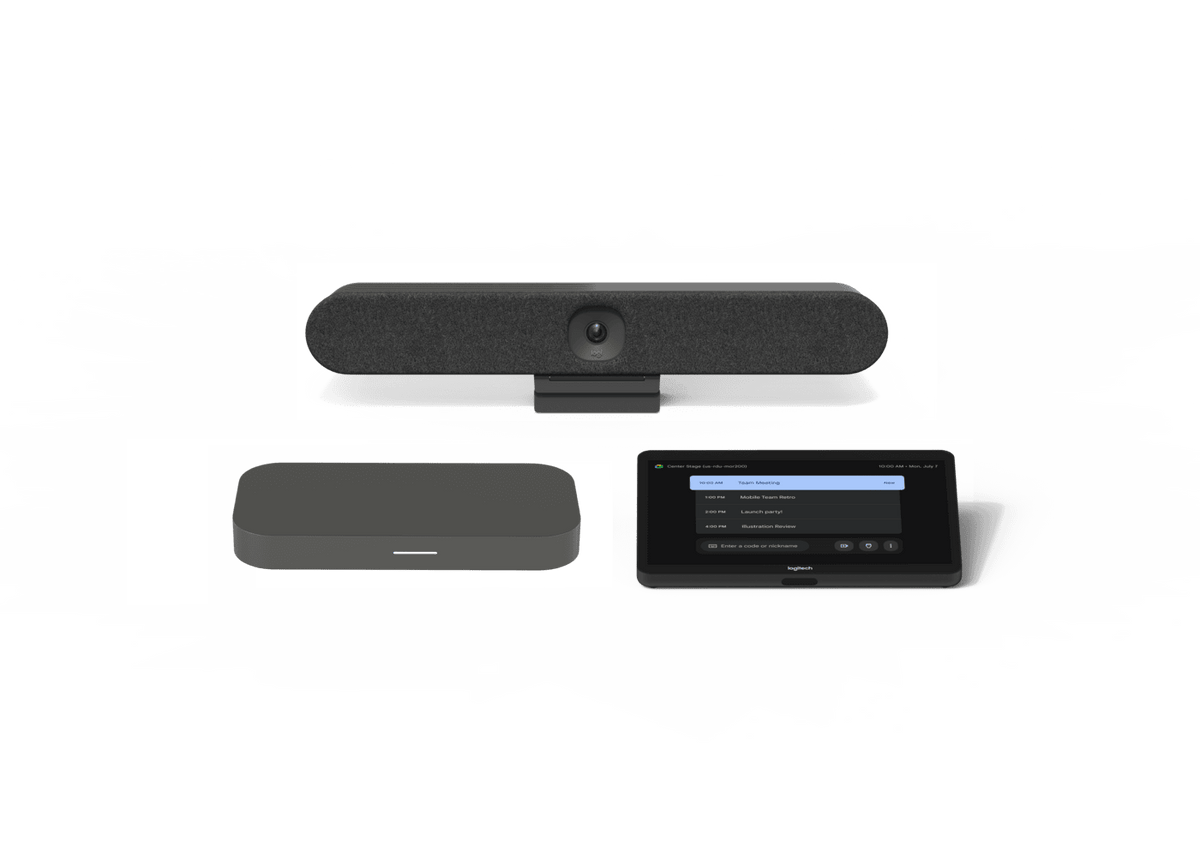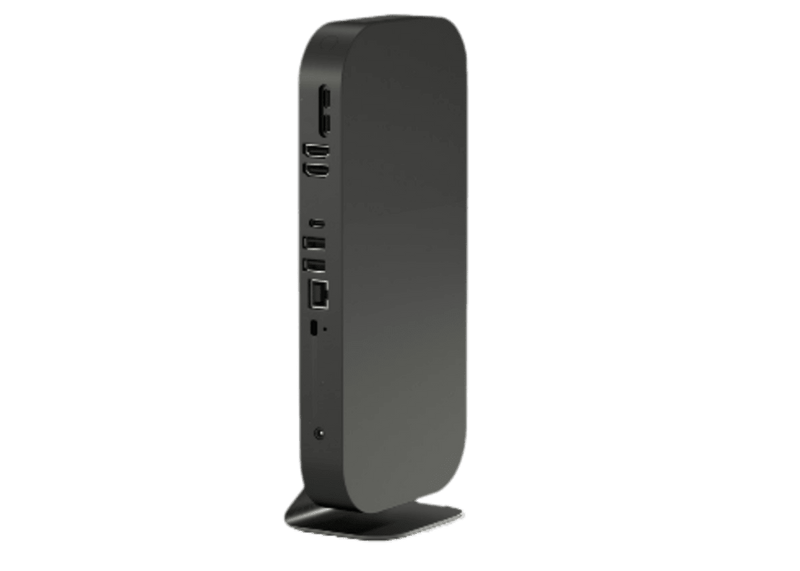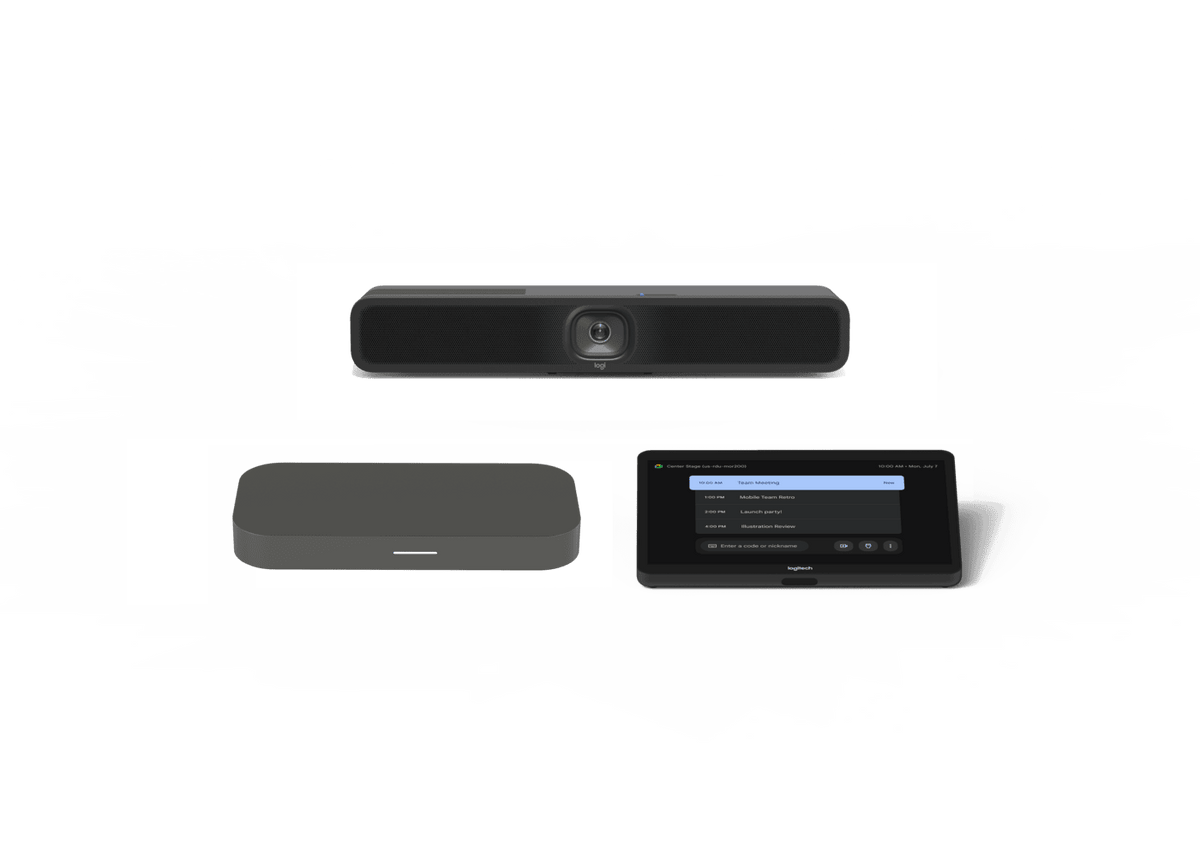Digital equity has been a problem since computers and the internet became widely available to households more than three decades ago. After COVID-19 hit, those already without ready access to technology found their limited access further restricted. Many individuals with disabilities, particularly those with limited mobility, rely on public transportation. When the pandemic caused cities to shut public transport down, many disabled individuals lost the means to reach public computers and the internet.
Pew Research reports that 46% of low-income U.S. homes don’t have a computer or broadband internet. As disadvantaged groups continue to suffer financially, many individuals cannot even afford a cell phone, let alone a computer, which leaves them completely cut off from the digital world. Ironically, many services for the disabled and disadvantaged offered in-person before COVID-19 were moved to online formats as the pandemic spread. Services offered online, including medical consultations, mental health counseling, job assistance, and financial aid, became difficult or impossible for those without a computer or internet access.
Decreased Opportunities for Individuals with Disabilities
Individuals with disabilities suffer high rates of workplace discrimination. Despite the Americans with Disabilities Act (ADA), employers often fail to make the needed accommodations for their employees. This limits the job opportunities available to those with disabilities, further widening the socioeconomic gap while perpetuating workplace ableism. COVID-19-related layoffs disproportionately affected lower-income workers. Many Black, Indigenous, and People of Color (BIPOC) and individuals with disabilities found themselves suddenly out of work and in need of income. As public libraries shut down, these individuals were often left without ways to job-hunt or fill out online applications.
For some with disabilities, certain health conditions make them more susceptible to COVID-19 and the complications that come with it. According to the CDC, “Adults with disabilities are three times more likely than adults without disabilities to have heart disease, stroke, diabetes, or cancer.” This may also lead to a higher risk for contracting COVID-19 [source]. Additionally, individuals with disabilities may be more prone to severe illness because their underlying health conditions make navigating health recommendations more difficult.
While the pandemic has adversely affected the entire nation, disadvantaged populations have been the hardest hit. COVID-19 continues to widen the digital divide for BIPOC and individuals with disabilities.
Using Technology to Decrease the Digital Divide
While the digital divide is a problem created by disparities in technology access, some technologies are becoming less expensive and more capable of providing internet access not tied to a specific location.
Chromebooks are inexpensive laptop and tablet computers that run Chrome OS, a simple, cloud-focused operating system similar to the Google Chrome browser. Their simplicity makes Chromebooks intuitive, easy to use, reliable, and easy for organizations to deploy and maintain. Chromebooks have built-in integration with Google Workspace, a suite of free productivity and collaboration tools that includes Google Docs for word processing, Google Drive for cloud storage, and Google Meet for video conferencing. Users can access thousands of apps via Google Play to customize the tools that work best for them. Chromebooks are highly portable and can access the internet through Wi-Fi, including public Wi-Fi hotspots. Some Chromebook models, such as the Intel-powered CTL Chromebook NL71CT-LTE, also include integrated LTE data connectivity, allowing access to the internet anywhere without the need for Wi-Fi.
For these reasons, Chromebooks are a promising tool for education, government, and non-profit organizations to help bridge the digital divide by bringing technology to vulnerable and underrepresented community members.
Learn More
Learn more about the innovative ways technology, including Chromebooks, is being used to reduce the digital divide by downloading the whitepaper “COVID-19 Amplified the Digital Divide. How Technology, Such as Chromebooks Can Bridge the Technology Gap for Vulnerable and Underrepresented Communities.”


